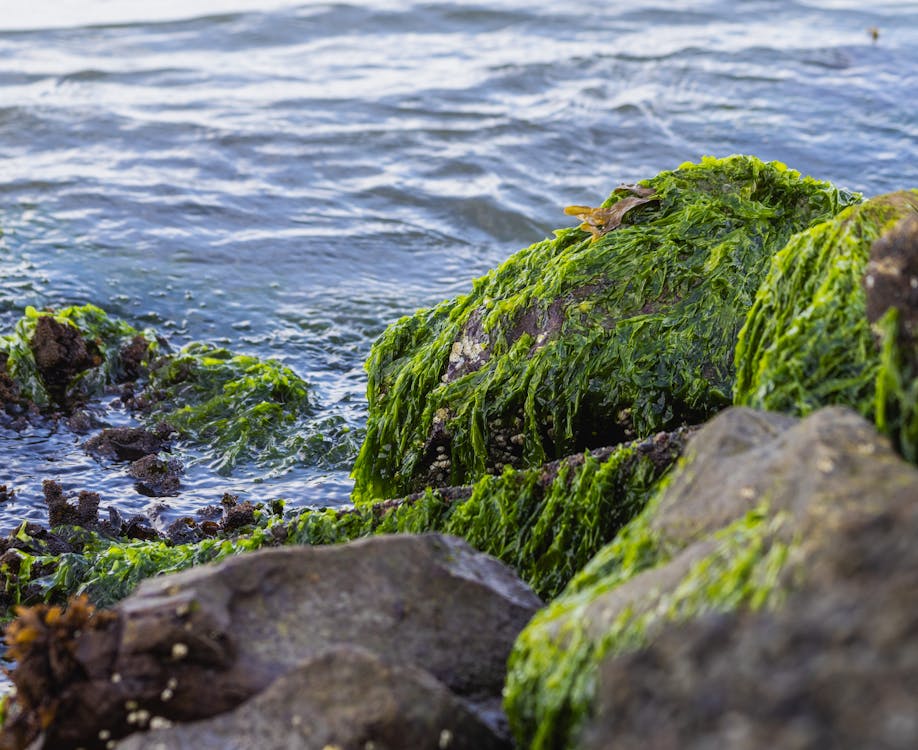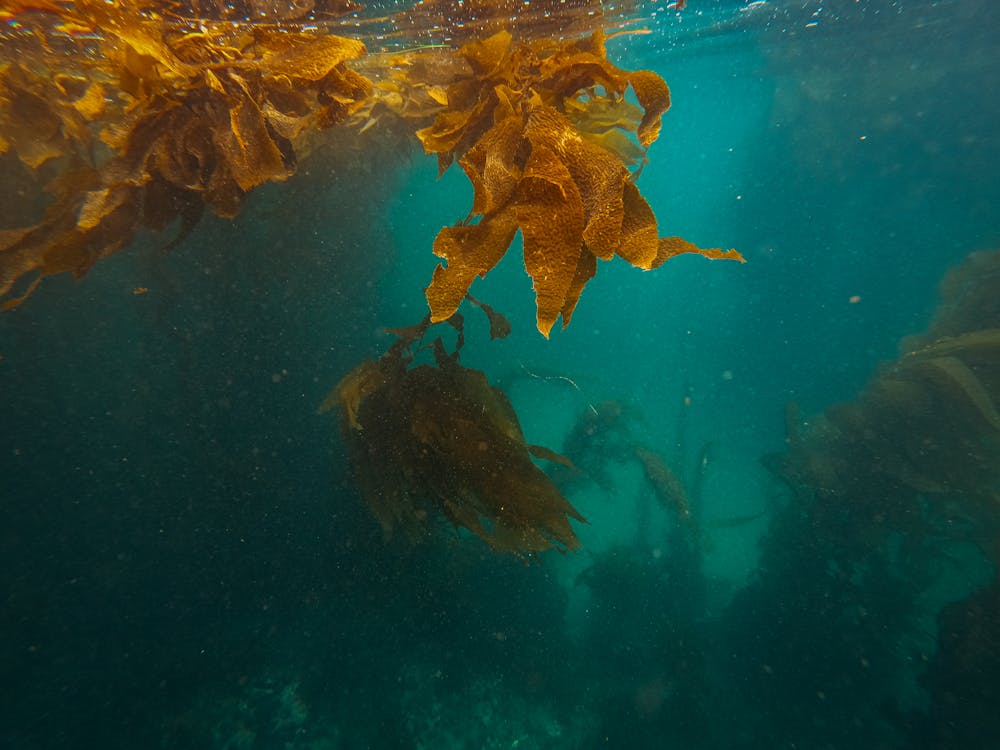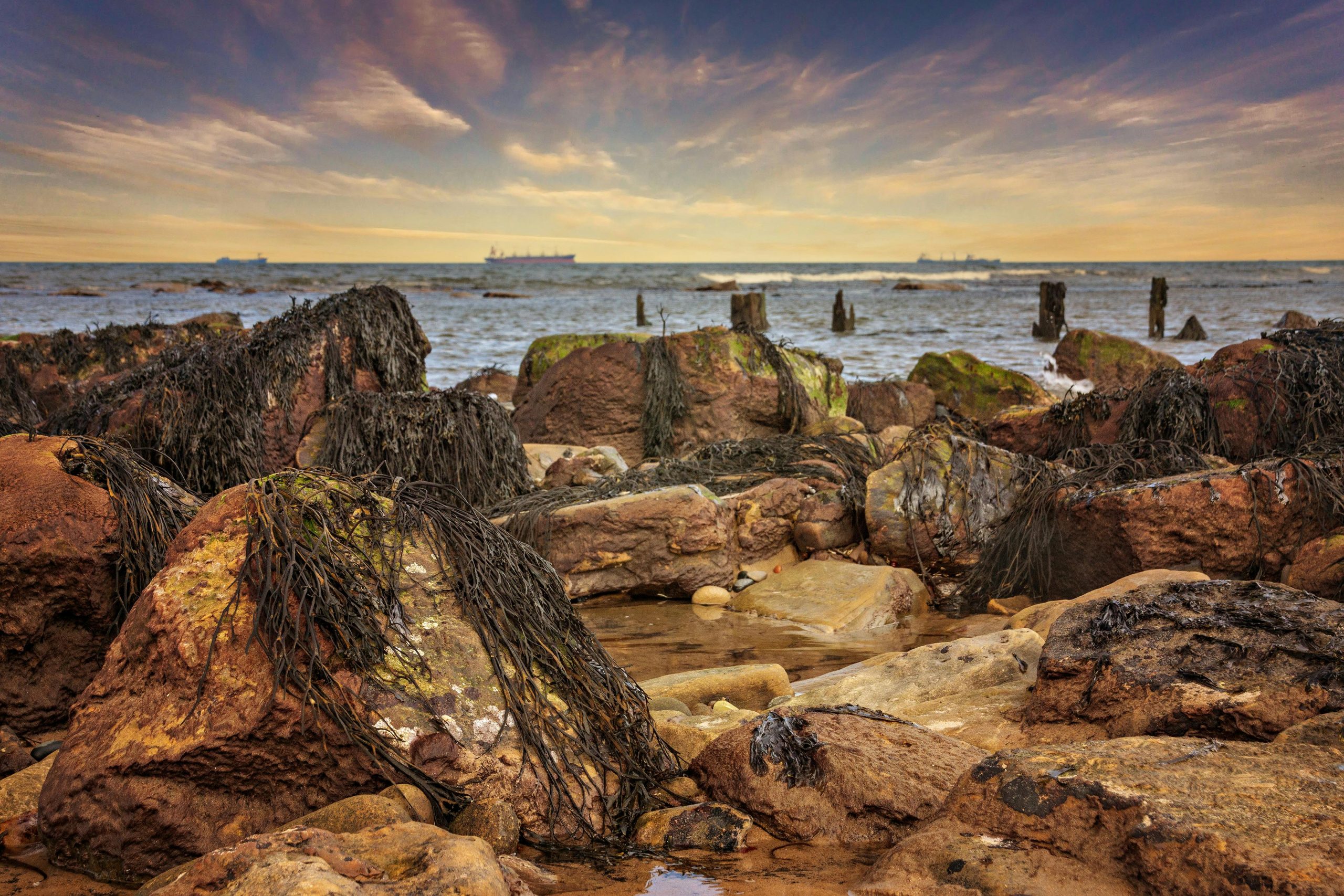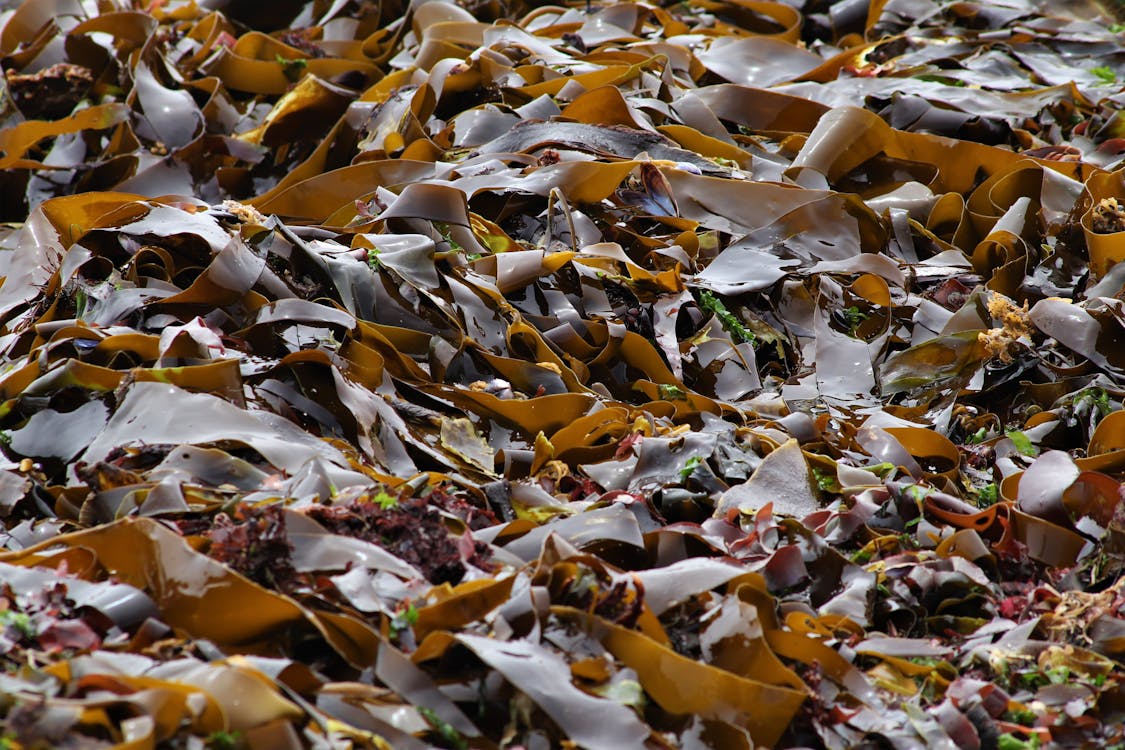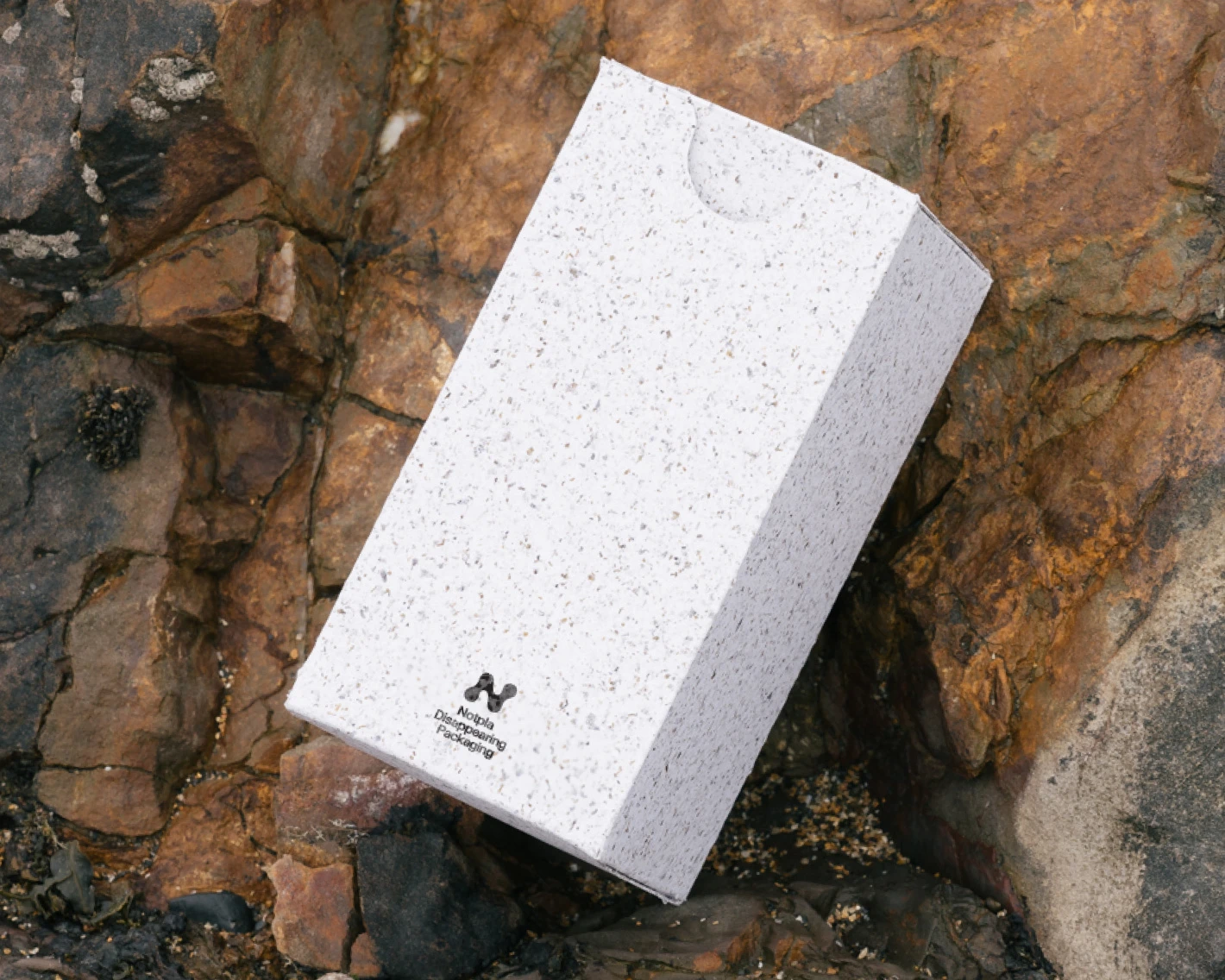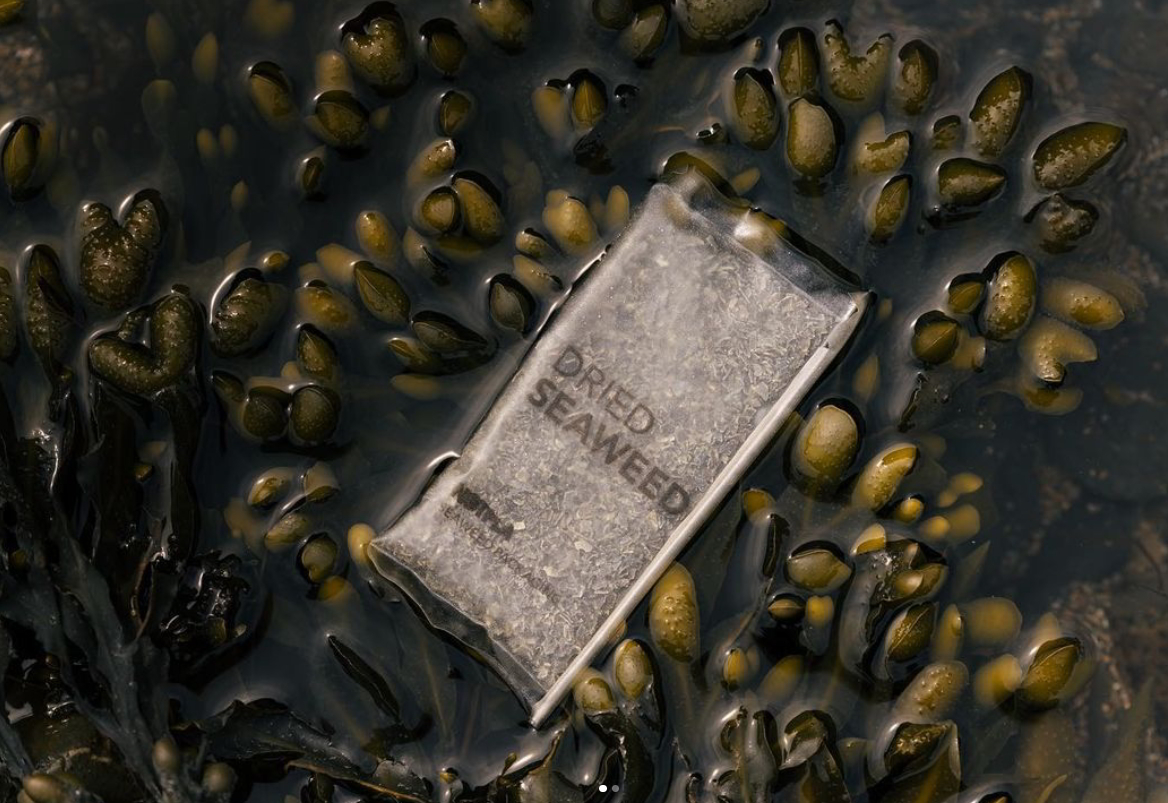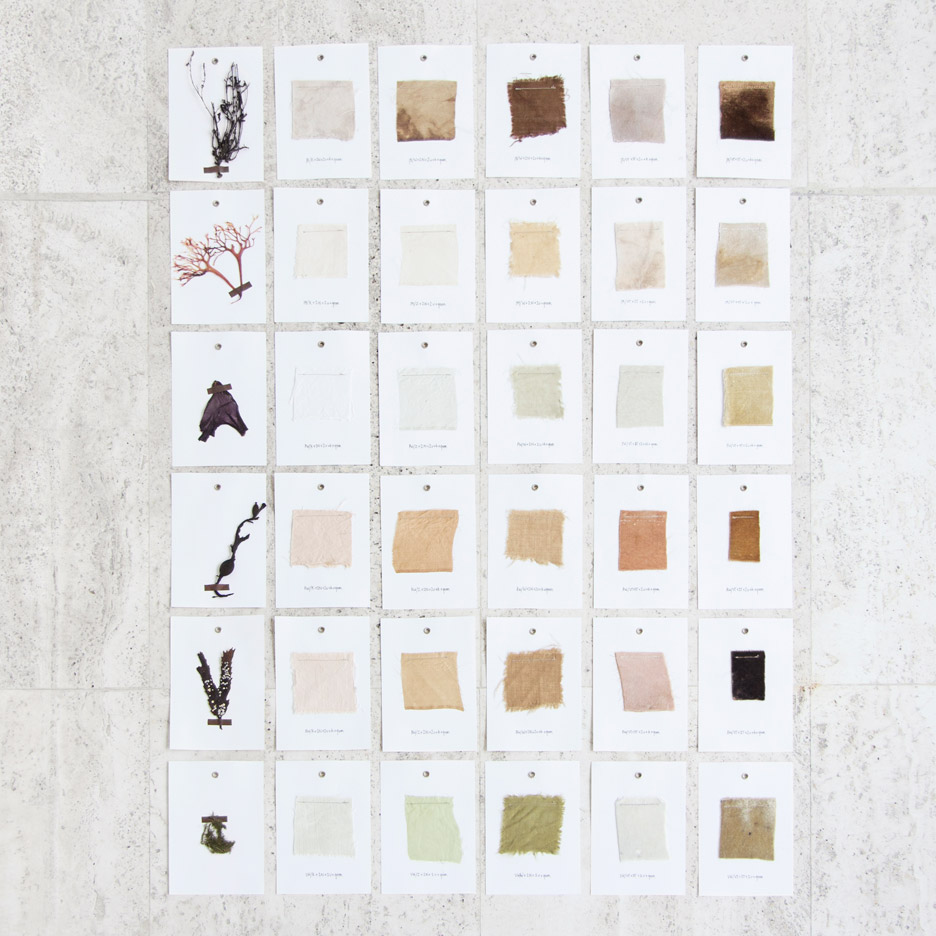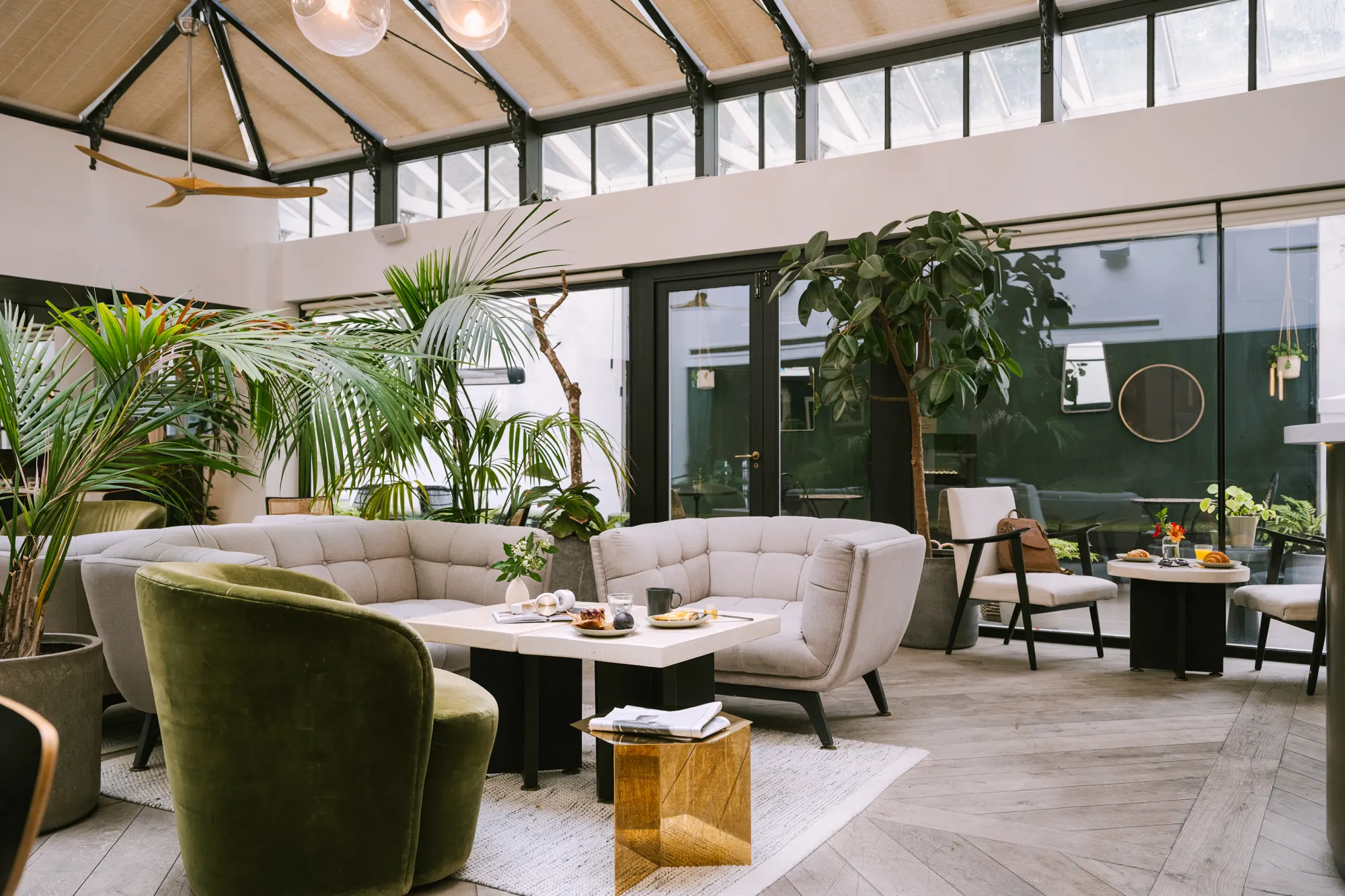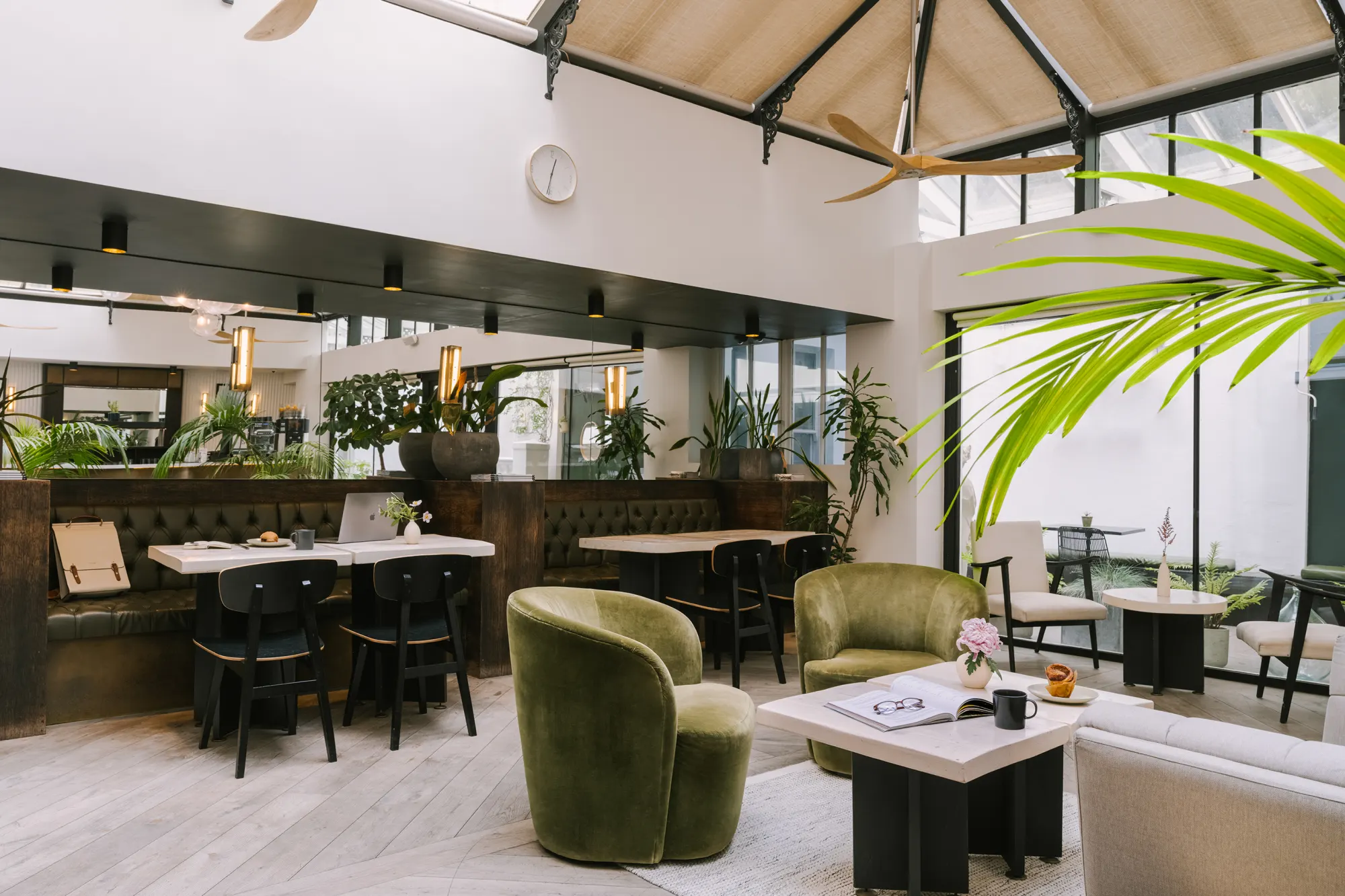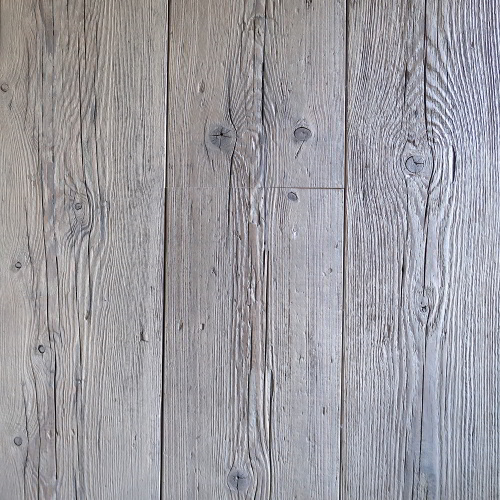
Can you think of a future where the walls of your home are grown from algae, your flooring is made from materials that naturally decompose, and your furniture not only looks beautiful but also improves the air you breathe?
This isn’t a distant dream.
Biomaterials are emerging as the future of sustainable interiors. These materials, derived from natural sources like plants, fungi, and algae, offer a renewable and eco-friendly alternative to conventional building materials.
Unlike traditional options that often rely on finite resources or synthetic processes, biomaterials are created from organic matter that can be sustainably harvested, processed, and, ultimately, returned to the earth.
Whether it’s bioplastics made from corn starch, mycelium-based insulation, or bamboo flooring, these materials promise to reduce our environmental footprint while offering unique aesthetic and functional benefits.
However, among the various biomaterials gaining traction, one stands out for its versatility and potential to reshape the future of interior design: Algae.
A Green Future Powered by Algae
There are about ten different types of algae in nature, from extensive underwater kelp forests to microscopic phytoplankton.
Algae can help fight climate change by absorbing at least twice as much carbon dioxide as most land plants.
Research indicates that just one acre of algae has the potential to capture up to 2.7 tons of carbon dioxide daily.
Simple yet powerful, algae is not just another eco-friendly option. It is set to redefine how we think about the spaces we live and work in.
What Makes Algae Uniquely Advantageous?
Rapid Renewability: Algae, especially kelp, is among the fastest-growing organisms on Earth. It offers a bountiful and renewable resource that can be harvested sustainably without harming ecosystems. Its rapid growth rate makes it an exemplary candidate for sustainable material production.
Biodegradability and Positive Environmental Impact: Algae-based products are designed to decompose naturally, significantly reducing long-term environmental damage. Unlike synthetic materials that linger for centuries, algae products gracefully return to the earth, leaving minimal trace and toxicity.
Aesthetic Versatility: Contrary to its humble origins, algae possesses an inherent beauty that can be transformed into an array of stunning products. From elegant furniture pieces to decorative accents, algae’s unique textures and colours add a touch of natural sophistication to any interior.
Biophilic Design Integration: The concept of biophilic design, which incorporates natural elements to enhance human connection to nature, finds a perfect ally in algae. Using algae-derived materials, designers can craft spaces that not only promote well-being but also create a profound sense of connection with the natural world.
Innovating for Tomorrow with Algae
The potential of algae extends beyond its current applications.
As we advance towards more innovative homes, algae’s compatibility with emerging technologies paints a future where sustainability meets innovation.
Imagine temperature-responsive algae fabrics or energy-efficient insulation—integrating seamlessly into homes that adapt to our needs while respecting the planet.
Moreover, the production of algae biomaterials is inherently energy-efficient, typically requiring less energy than the manufacturing of plastics or metals, thus further diminishing our ecological footprint.
Conclusion: A Greener Vision for Interior Design
Algae biomaterials are not merely an alternative; they are the vanguard of a major shift in interior design towards sustainability without sacrificing style or functionality.
As we face increasing environmental challenges, algae offers a blueprint for a greener, more thoughtful approach to design.
By embracing algae, we make a profound statement about our commitment to the planet, championing designs that are as sustainable as they are aesthetically pleasing.
References:
De Man, L. (n.d.). Biobased Creations by New Heroes. Retrieved from https://biobasedcreations.com/
Hoogvliet, N. (n.d.). Exploration of seaweeds in reshaping the textile industry. Retrieved from https://www.designhotels.com/culture/conscious-future/will-biomaterials-build-our-future/
IntechOpen. (2019). Algae as a sustainable resource for bio-based products. In Biomass for Bioenergy – Recent Trends and Future Challenges (pp. 1-16). IntechOpen. https://www.intechopen.com/chapters/65952#B2
Frearson, A. (2016, July 17). Sea Me furniture by Studio Nienke Hoogvliet is woven from seaweed. Dezeen. https://www.dezeen.com/2016/07/17/sea-me-furniture-studio-nienke-hoogvliet-design-seaweed-woven-algae-table-chair/
Notpla. (n.d.). Natural & sustainable packaging made from seaweed and plants. https://www.notpla.com/


